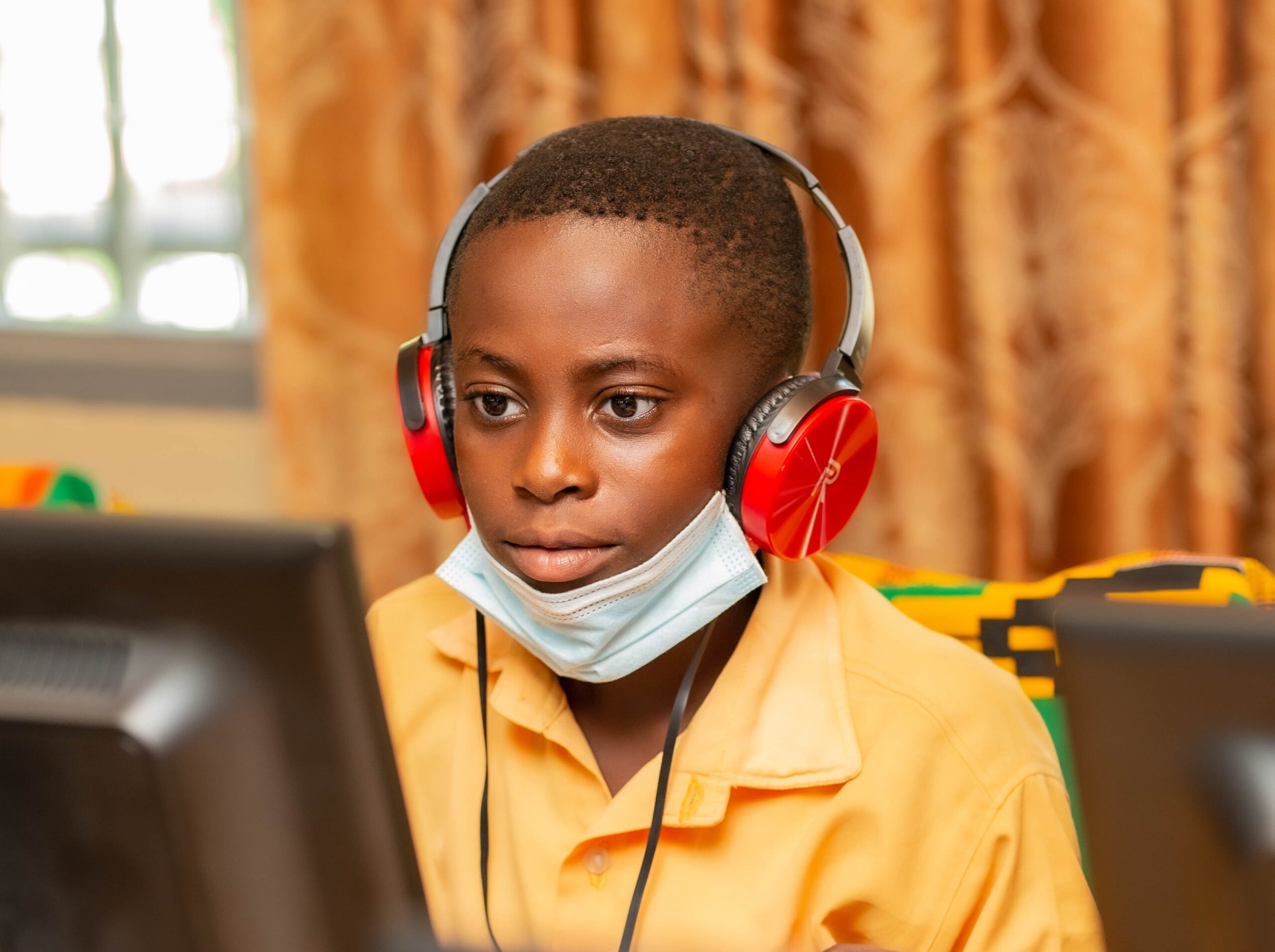
Have you ever noticed how glued children can be to their video games? They strategize, problem-solve, and persist through challenges all while having a blast. What if we could harness that same power of engagement to boost learning in the classroom? Enter gamification – the art of incorporating video game elements into non-game contexts.
In this post, we’ll explore how teachers can leverage the power of video games to create a more motivational and engaging learning environment for students of all ages.
Why Gamification Works:
Video games tap into our intrinsic motivators, the desires for:
- Challenge: Overcoming progressively difficult levels keeps players engaged.
- Achievement: Earning points, badges, and rewards provides a sense of accomplishment.
- Progression: Unlocking new features and abilities motivates players to keep playing.
- Social connection: Multiplayer games foster collaboration and teamwork.
By incorporating these elements into lessons, teachers can create an interactive and rewarding learning experience.
How to Gamify Your Classroom:
Here are some creative ways to use video game elements to boost learning:
- Points and Badges: Award points for completing tasks, participating in discussions, or demonstrating mastery. Badges can be earned for specific achievements, like “Grammar Guru” or “History Hero.”
- Leaderboard: Create a friendly competition with a leaderboard that tracks student progress. This can be physical or digital, and can be class-wide or divided into teams.
- Quests and Challenges: Transform learning objectives into quests with specific goals and challenges. Students can level up as they complete tasks and unlock new learning opportunities.
- Health Bars and Lives: Use these concepts to represent mastery of a topic. Students can “lose lives” for incorrect answers but gain lives by completing activities.
- Boss Battles: Culminate a learning unit with a “boss battle” assessment, a challenging activity that tests students’ cumulative knowledge.
Beyond the Points:
Gamification is not just about points and badges. Here are some additional tips for success:
- Focus on Learning: Ensure the game mechanics support the learning objectives.
- Choice and Control: Offer students some choices in their learning path to increase engagement.
- Balance is Key: Gamification should supplement, not replace, traditional teaching methods.
- Feedback and Reflection: Provide constructive feedback and opportunities for reflection to solidify learning.
The Rewards of Gamification:
By incorporating video game elements into your classroom, you can create a more:
- Motivating learning environment that sparks student interest.
- Engaging experience that fosters active participation.
- Rewarding process that acknowledges student achievement.
- Collaborative atmosphere that encourages teamwork and communication.
So, the next time you see your students glued to their games, remember, that there’s valuable learning potential hiding within those pixels! With a little creativity, you can use the power of video games to transform your classroom into a place where learning feels like an exciting adventure. Game on!








